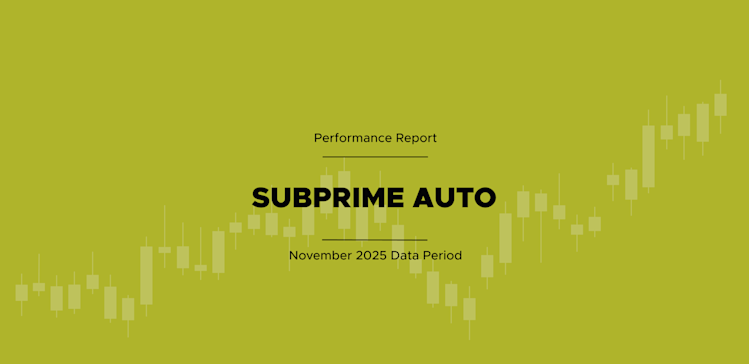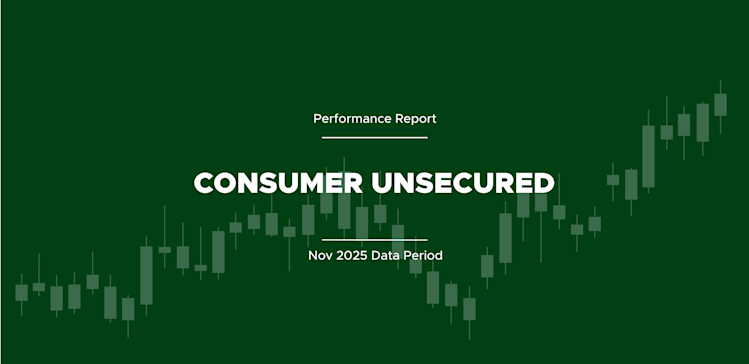Research
Webinar: Non-QM Market Outlook
25 April 2022
Moderated by dv01 Founder & CEO Perry Rahbar, roundtable included:
Justin Mahoney, Founder & Senior Portfolio Manager, Shelter Growth Capital Partners
Josh Banschick, Managing Director - Mortgage Trading, Goldman Sachs
Vadim Verkhoglyad, Head of Research Publication, dv01
Below are excerpts from our dv01 Discussion: Non-QM Market Outlook.
1. How would you describe the current rate environment?
It has been a challenging environment to navigate. All mortgage products have been affected by the huge rate moves, with spreads widening, and no clear sense of whether they will continue to fall. We’re witnessing daily and weekly moves across the yield curve that is typically forecasted over a 6-, 12-, and 18-month period, and it has created volatility.
The single largest issue is the bifurcation between the composition of a collateral pool that is being put into the market and being asked to be distributed to bond investors relative to the origination coupon or prevailing mortgage rates available to borrowers.
2. Are investors worried about the technicals or fundamentals of the collateral coming to market?
It is a combination of both, but it is more tilted toward technical. There is no overwhelming concern about credit quality—by and large, resi credit is very prudently underwritten—but that may change and evolve when we talk about housing affordability (or lack thereof) and the effect on home prices in the medium/longer term.
Market participants are more concerned about the exposure of convexity in these non-QM pools that was not as appreciated or contemplated before. After a period of consistency, investors are now having to operate in a challenging environment; there have been certain trading sessions where moves have been so great that investors are waiting and digesting everything.
3. What is the impact on performance?
Credit metrics remain in a steady improvement, with delinquencies and impairments returning to pre-COVID levels. New delinquencies and impairments remain stubbornly high, but a large factor is because non-QM borrowers represent a segment of consumers that have unique circumstances relative to the overall economy (e.g., self-employment and COVID-related economic shutdowns).
Prepayment (or extensions) are the biggest concern. dv01 tracks a ratio comparing prepayments in non-QM to CRT as a reasonable sanity check because both loan types feature loans that are seasoned, on average, 6 months prior to being securitized. This monthly ratio has hit multi-year highs over the past several months. In February, the ratio crossed 2X for the first time in over four years (meaning non-QM loans prepaid twice as fast as CRT).
4. How is non-QM market growth?
While the supply landscape remains small, we expect to see an increase of investors entering the space as the market matures and even a more diverse investor base. Additionally, large originators who had not been in the sector in 2020 and 2021 have come back and launched programs.
Structured products in general thrive in a low-volatility environment, so assuming the market settles where we are currently, the sector is poised to do better this year, with spreads likely returning to the range in Q4 2021. In a muted environment, about $15 billion of loans have already been issued this year, so we can imagine a potential doubling of last year’s volume.
5. What does ESG in structured credit look like?
ESEG within structured credit is worth considering as it can fundamentally impact credit, and non-QM, as a market, is somewhat built around the principle of providing financing to borrowers that are not served by the traditional financing providers.
In order for ESG to grow, however, it must overcome its biggest obstacle: data. ESG reporting needs to be standardized, transparent, and replicable, and without these key components, greenwashing concerns will continue to grow. Additionally, a unified approach to methodologies and ESG scoring will allow investors to evaluate investments across asset classes.
Furthermore, investors need to understand that ESG is both a performance and a social utility metric, and they must be comfortable working with alternative datasets to identify alpha-generating opportunities. It is vital for the sector to consider new attributes and metrics, such as the credit performance of areas powered by renewable energy, which substantially outperform the rest of the nation on a credit-controlled basis, as discussed in dv01’s ESG publication (read here).
ESG is still in its infancy, but demand is growing. One of the most meaningful proof points of the market’s growth will be consensus on data.
RELATED POSTS

Performance Report: Non-QM, Nov 2025
30 December 2025
Performance Report: Subprime Auto, November 2025
29 December 2025